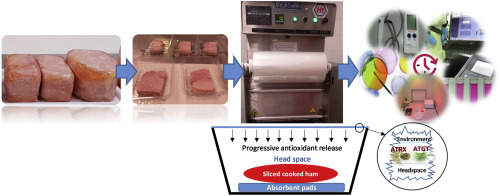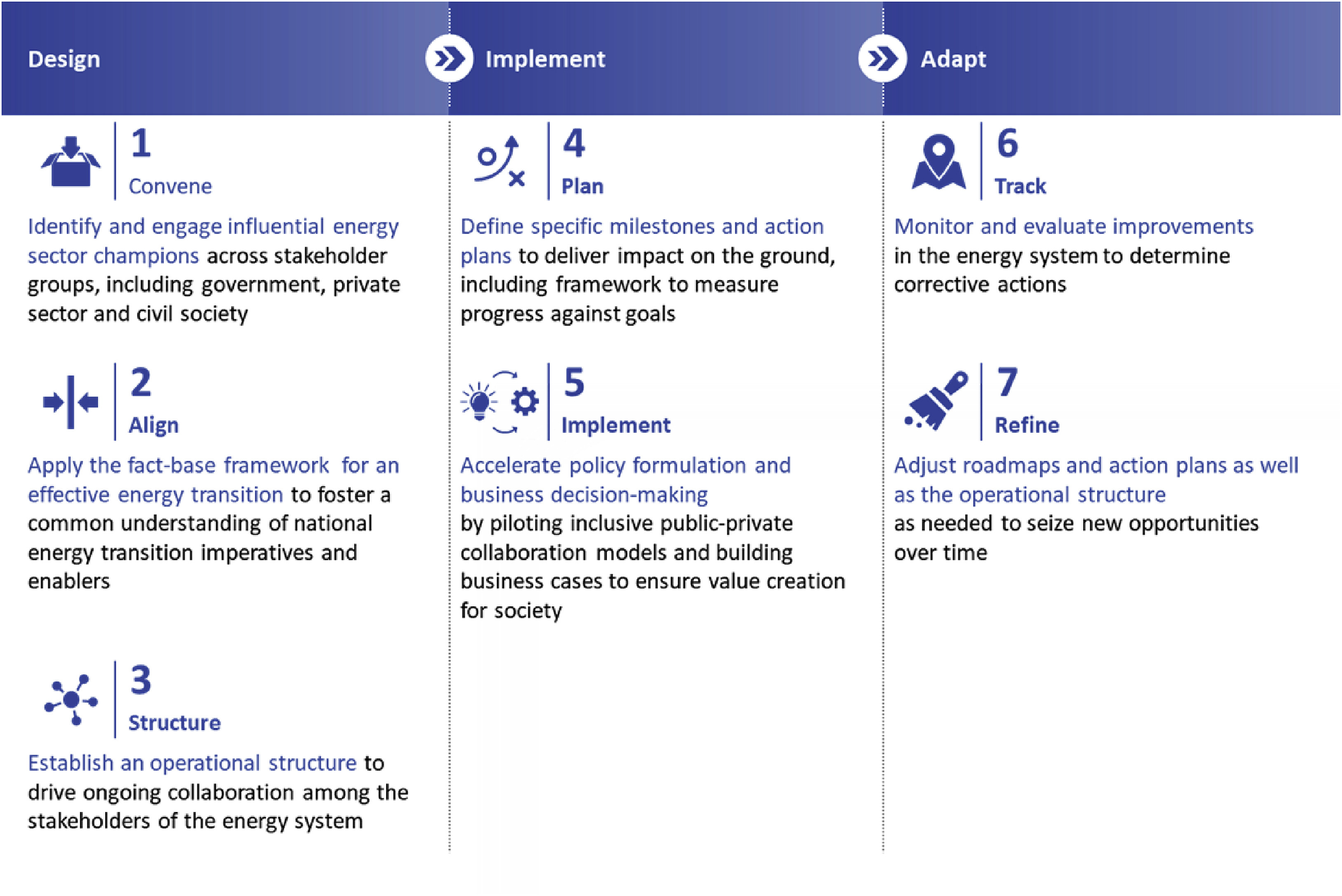As global temperatures continue to rise, questions about infrastructure capacity to keep up with energy demand are increasingly germane. Energy demand is mediated by several structural and environmental conditions, though we have a limited understanding about the role of differences in local ambient temperatures as a predictor for energy demand. This study assesses the effects of residential building structure, socio-demographics, and ambient temperature conditions of a neighborhood to overall energy expenditures of a household.
Bapon (SHM) Fakhruddin, Kate Boylan, Alec Wild, Rebekah Robertson, Chapter 12 - Assessing vulnerability and risk of climate change, Editor(s): Jana Sillmann, Sebastian Sippel, Simone Russo, Climate Extremes and Their Implications for Impact and Risk Assessment, Elsevier, 2020, Pages 217-241, 9780128148952



